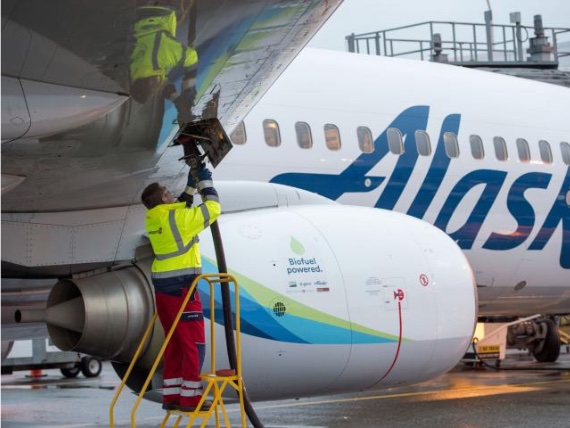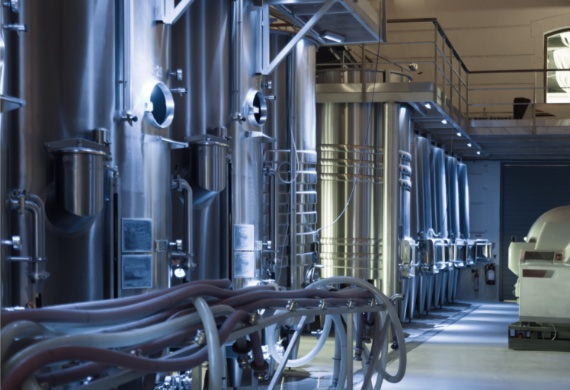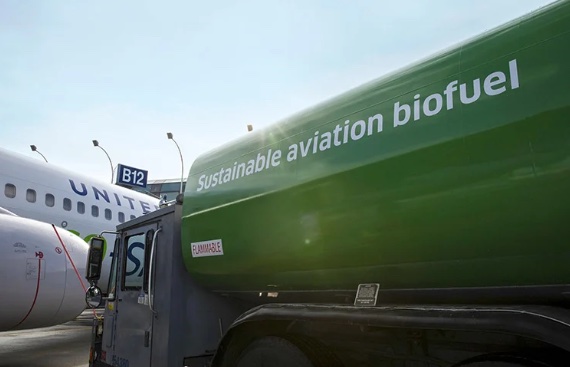People are flying more and more often, a trend that comes at a cost—the carbon footprint of commercial aviation is expanding, just when it most needs to shrink. In fact, commercial aviation currently accounts for over 3% of total greenhouse gas emissions. If no action is taken, this share is set to grow by four to six times by 2050. Against this backdrop, most stakeholders—both scientists and aviation industry leaders—point to so-called sustainable aviation fuels (SAFs) as the best and indeed the only viable alternative in the short term.
From a chemical point of view, SAFs are virtually analogous to the kerosene that powers aircraft. The only difference is that, instead of having a fossil origin, they are obtained from renewable biomasses, namely organic waste (food, agricultural, forestry, urban, etc.). As a result, the associated carbon footprint is, in principle, much smaller.
Biomass to reduce carbon footprint
This statement, however, requires some nuances. On the one hand, the similarity in chemical composition allows SAFs to be mixed with kerosene and burned in aircraft engines, where they release the same CO2 into the atmosphere as conventional fuel. On the other hand, because kerosene is obtained from fossil deposits, this traditional fuel puts carbon into circulation that was previously stored underground.

In contrast, SAFs simply return to the atmosphere the carbon previously sequestered by the biomasses from which they are obtained. Or they can convert waste that would otherwise be incinerated into fuel, releasing CO2 in the process. Or, worse still, waste stored in large quantities in landfills where it would ferment, releasing much of its carbon into the atmosphere in the form of methane gas—a much more potent greenhouse gas than CO2. Both circumstances help explain why the net footprint of SAFs is much smaller than that of kerosene, although they are still emissions-generating fuels.
In the US alone, for example, millions of tonnes of food waste ends up in landfills every year. It is estimated that recycling this waste as feedstock to produce SAFs would reduce the net carbon footprint of the aviation industry by 165%. The availability of the raw material is another major advantage of sustainable fuels. According to the US Department of Energy, up to 1 billion dry tons of these renewable biomasses (organic food waste, agricultural and forestry residues, wastewater, oils and fats from professional and domestic kitchens, algae, etc.) could be collected each year in the US alone. This amount of biomass could produce enough biofuels to cover the entire fuel demand of the US aviation industry, and there would still be a surplus for use in other modes of transport or as a starting product for the chemical industry.
Controlled fermentation in bioreactors
To obtain these sustainable biofuels, the different biomasses undergo similar processes in all cases. For example, in the case of the biofuel made by Alder Fuels from food and municipal waste, the first step is to subject it to bacterial fermentation in large bioreactors to convert it into a mixture of volatile fatty acids. These fatty acids then undergo various relatively simple chemical transformations to produce a mixture of long-chain hydrocarbons, which are finally distilled to separate the different fractions. This process is analogous to the one used to obtain fossil fuels, such as kerosene, from petroleum.

But it’s not all good news. There are two major obstacles that prevent, at least for the time being, SAFs from being produced on a large-enough scale to effectively replace current fossil fuels. First, their high cost. Currently, the production of SAFs is between two and four times more expensive than fossil jet fuel, and experts doubt that the costs can ever be equalised, at least in the medium term. Even assuming that its high price is a necessary evil, thousands of new production plants, or the retrofitting of existing plants and refineries, would be needed to meet the total demand for the fuel. In fact, commercial aviation increasingly relies on the limited production available, combined with kerosene in blends of up to 50%.
Other long-term alternatives
The need to reduce carbon emissions is also leading to the research and development of other alternative technologies for clean energy powered aircraft, the potential deployment of which only seems likely in the medium to long term. One of these is the electric aircraft, modelled on cars. The big problem here is that, with current technology, a Boeing 737 would need a lithium battery of at least 600 tonnes to generate enough power for an average flight, ten times the weight of the plane itself with full fuel tanks. It is therefore essential to first develop a new generation of much more compact batteries. Even so, it is assumed that the use of this energy source will have to be limited to air taxis and short trips.

The other alternative is the use of green hydrogen as an energy source, a technology that is still in its infancy and, moreover, in the specific case of its application to commercial aviation, faces the same drawback as batteries: the large volume of hydrogen needed to power an aircraft. A Boeing 737 would have to allocate half of its total capacity to liquid hydrogen tanks. While the outlook is more optimistic for the future, the reality is that it will be decades before aircraft with these technologies are available.
Comments on this publication